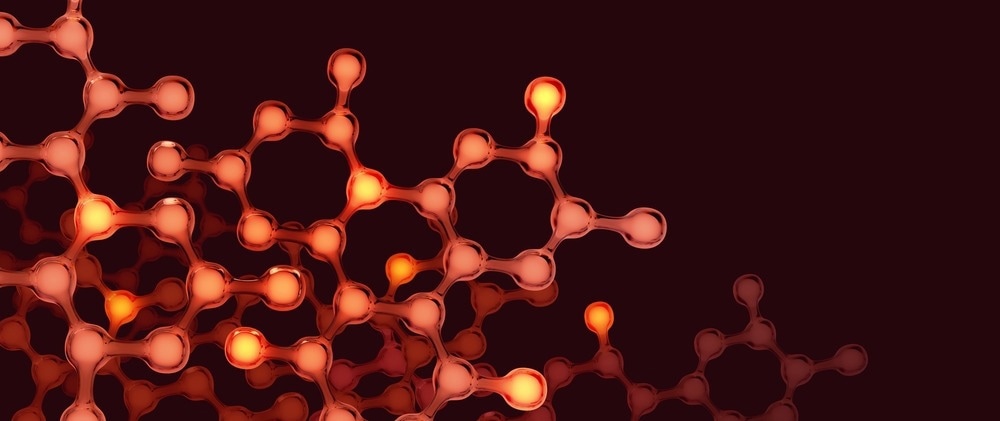In a recent article published in Gels, researchers developed and characterized a nanocomposite perfluorosulfonic acid (PFSA)/Montmorillonite-Na+ polymer membrane for use as a gel electrolyte in hybrid supercapacitors. The focus was on enhancing the performance and efficiency of supercapacitors using innovative materials.

Image Credit: Yurchanka Siarhei/Shutterstock.com
Background
The development of efficient and reliable energy storage systems is crucial for meeting the increasing demand for portable electronics, electric vehicles, and renewable energy integration. Supercapacitors have emerged as promising energy storage devices due to their high power density, rapid charge-discharge capabilities, and long cycle life.
However, to fully realize the potential of supercapacitors in various applications, innovative materials and design strategies that enhance their performance and stability are needed.
The Current Study
Manganese oxide (MnO2) was synthesized using a chemical precipitation method. Manganese salts were dissolved in a suitable solvent, followed by adding a precipitating agent under controlled conditions. The resulting precipitate was then washed, dried, and calcined to obtain the desired MnO2 material. The crystalline structure and purity of the MnO2 were confirmed using X-ray diffraction (XRD) analysis.
The composite membranes were prepared using a solution-casting method. The main components were perfluorosulfonic acid (PFSA) ionomer dispersion and natural sodium montmorillonite (MMT). The PFSA solution was prepared by dispersing the PFSA ionomer in a suitable solvent to form a homogeneous mixture. Subsequently, the desired amount of MMT was added to the PFSA solution, and the mixture was stirred to ensure uniform dispersion of the MMT particles.
The PFSA/MMT composite solution was then cast onto a flat surface and allowed to dry at a controlled temperature to form a thin membrane. The drying process was carefully monitored to ensure a uniform and defect-free membrane structure was formed. The resulting composite membrane was characterized for its physicochemical properties, including morphology, surface area, and ion conductivity.
Various characterization techniques were employed to evaluate the properties of the synthesized MnO2 and the composite PFSA/MMT membranes. X-ray diffraction (XRD) analysis was used to determine the crystalline structure and phase purity of the materials. Scanning electron microscopy (SEM) was employed to investigate the morphology and microstructure of the materials. Fourier-transform infrared spectroscopy (FTIR) was utilized to analyze the chemical composition and bonding characteristics of the composite membranes.
The electrochemical performance of the composite PFSA/MMT membranes was assessed using a two-electrode Swagelok cell configuration. The cell featured a carbon xerogel negative electrode, a manganese dioxide positive electrode, and the PFSA/MMT membrane as the electrolyte and separator. Cyclic voltammetry (CV) and galvanostatic charge-discharge tests were conducted to evaluate the specific capacitance, cycling stability, and ion conductivity of the hybrid supercapacitor system.
Results and Discussion
The XRD analysis of the synthesized MnO2 revealed a low degree of crystallinity, as evidenced by broad peaks at specific crystallographic planes. The sample was fine-grained, as confirmed by diffraction peaks corresponding to the (211) and (112) planes of MnO2.
The crystallite size along the (211) plane was determined to be 5 nm, indicating the nanoscale nature of the MnO2 particles. This structural information is crucial for understanding the electrochemical behavior and performance of MnO2 in supercapacitor applications.
The SEM images of the PFSA/MMT composite membranes showed a uniform distribution of MMT particles within the polymer matrix. The morphology analysis revealed a well-dispersed and interconnected network structure, essential for enhancing ion transport and mechanical stability in the membrane. The presence of MMT in the composite membrane was expected to provide additional ion-conducting pathways and improve the overall performance of the supercapacitor system.
The electrochemical evaluation of the hybrid supercapacitors incorporating the PFSA/MMT membranes demonstrated promising performance characteristics. The CV measurements revealed well-defined redox peaks, indicating the reversible electrochemical reactions at the electrode/electrolyte interfaces. The specific capacitance of the supercapacitor system was calculated from the CV curves, showing enhanced energy storage capacity due to the presence of the composite membrane.
Galvanostatic charge-discharge tests further confirmed the excellent cycling stability and rate capability of the hybrid supercapacitors. The composite PFSA/MMT membrane effectively served as both an electrolyte and separator, facilitating efficient ion transport and preventing electrode short-circuiting. The improved interfacial stability between the electrodes and the membrane contributed to the enhanced performance and long-term durability of the supercapacitor system.
Conclusion
The successful development and characterization of the nanocomposite PFSA/MMT membrane highlight its potential for use in advanced energy storage devices, particularly in hybrid supercapacitors. The synergistic effects of incorporating MMT into the PFSA matrix offer new opportunities for enhancing the electrochemical performance and stability of supercapacitor systems.
Future research may focus on optimizing the composition and structure of the composite membrane to further improve the overall efficiency and reliability of hybrid energy storage devices.
Journal Reference
Mladenova, B., et al. (2024). Nanocomposite Perfluorosulfonic Acid/Montmorillonite-Na+ Polymer Membrane as Gel Electrolyte in Hybrid Supercapacitors. Gels. DOI: 10.3390/gels1007045